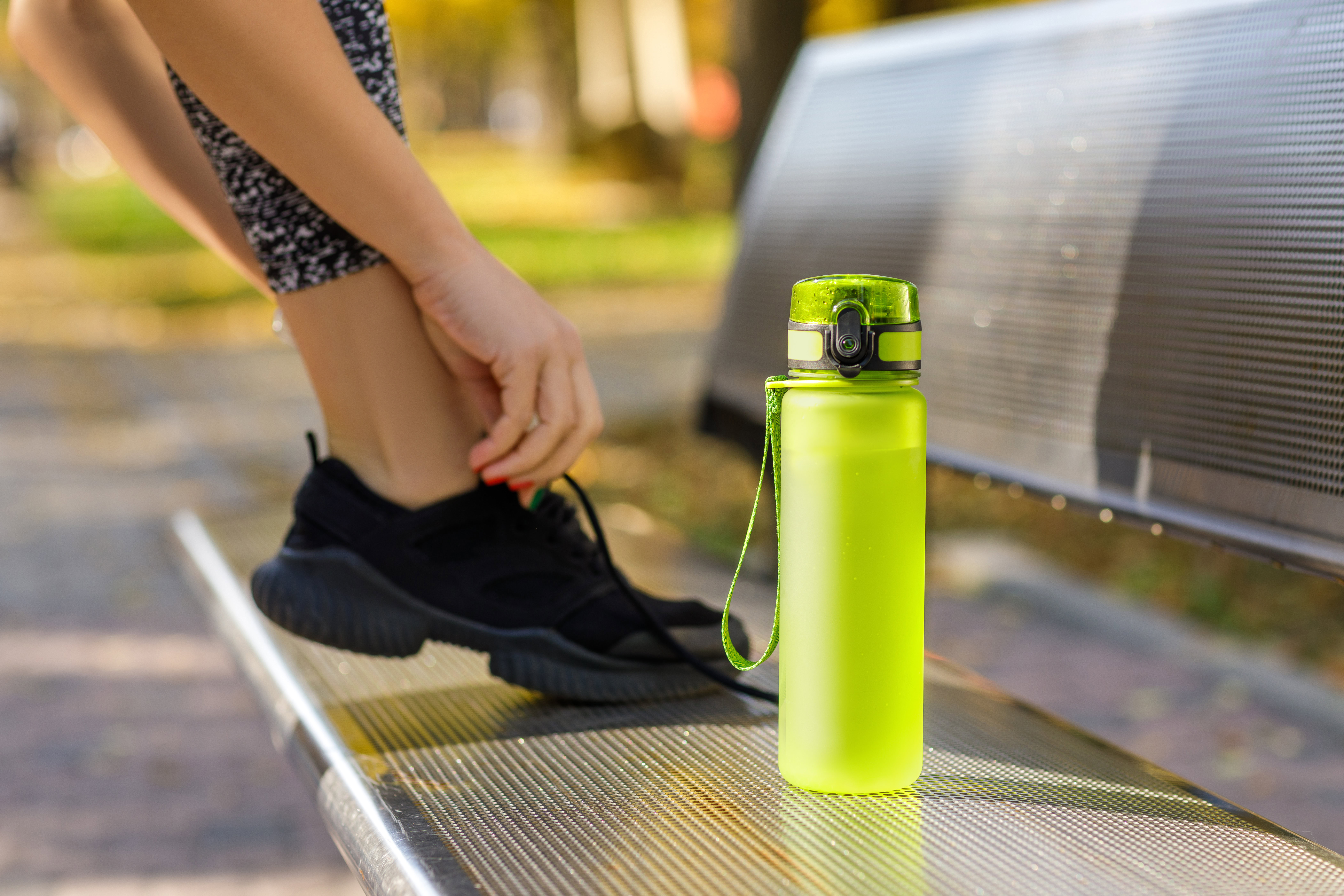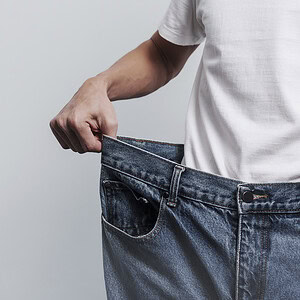Exercise
With temperatures reaching high twenties during the summer months, many of us will want to take our workouts outside, especially if we’re continuing with the home or park training we’ve grown familiar with during the past year.
However, high temperatures and strong UV rays can sometimes prove a difficult (and dangerous) environment to exercise in.
Elliot Hasoon, founder of EH coaching and host of The Simply Fit Podcast, and experts at Golf Support offered their tips for people who want to work out outside during a hot day.
1. Exercise in the early or late hours of the day
Exercising in the early hours of the day has many advantages, says Hasoon; it’s quieter, it’s before the busyness of the day begins, and it’s a lot cooler.
Set your alarm earlier and complete your workout as early in the day as you can to ensure you avoid the higher midday and mid-afternoon temperatures.
If you’re not an early bird, waiting until the sun goes down will be your second-best option. It won’t be as cool as it is in the morning, but the heat will be considerably lower allowing you to train without too much trouble.
2. Hydrate
“One of the biggest concerns we need to look out for when training in the heat is dehydration and maintaining optimal fluid balance,” says Hasoon.
As we exercise, our body’s core temperature will naturally increase resulting in us losing bodily fluid through sweat. The heat can increase our temperature further, leading to even more fluids being lost.
Hasoon advises to drink between 250-300ml water 30 minutes before your session, and continuously sip water throughout the workout. “Ensure you drink between 500ml-1L post-workout,” he adds.
Being mindful of electrolyte imbalances is also important. Electrolytes, such as sodium, potassium, magnesium and calcium, all play vital roles in the body, such as maintaining fluid balance, muscle, and nerve function and regulating blood pressure.
“You can supplement with electrolytes to help maintain this balance,” says Hasoon.
Read more about how nutrition can affect your sports performance
3) Reduce your session times or split them up
“The longer you’re outside, the more chance you have of becoming dehydrated and experiencing the negative impacts of the heat,” says Hasoon. “If your workout is typically one hour, 3x per week, perhaps you can try 30-minute sessions instead and do them 5-6x per week so that you complete the same amount of exercise but reduce your exposure by 50%.”
He also suggests splitting up workouts; completing 30 minutes in the morning before the sun fully rises, and another 30 minutes in the evening.
Check out our 11 best workout motivation tips
Electrolytes, such as sodium, potassium, magnesium and calcium, all play vital roles in the body, such as maintaining fluid balance, muscle, and nerve function and regulating blood pressure
4) Wear appropriate clothing
Function over fashion is key if you’re training outdoors in the heat, says Hasoon.
“Wearing lighter coloured, sweat wicking clothes will be favourable. Not only do we want to focus on keeping our core body temperature lower, but we also want to ensure we’re comfortable too.”
He also recommends considering your accessories; whether it’s bringing a bottle of water, sunglasses or a fanny pack to hold sunscreen.
5) Listen to your body
Remember, your body may still struggle to adjust to the heat even when you follow these tips, says Hasoon.
“Listen to your body and the signs it gives you. If you feel faint, dizzy, or simply too hot, stop.”
He recommends starting with shorter workouts, longer rest periods and lower intensity sessions. You can increase the intensity as your body adapts.
“The transition will take time so be patient with your body and continue to eat and sleep well to support your body as it adapts.”
Enjoyed this article? Subscribe to our free digital version of Optimum Nutrition magazine for more research updates, features and recipes!






